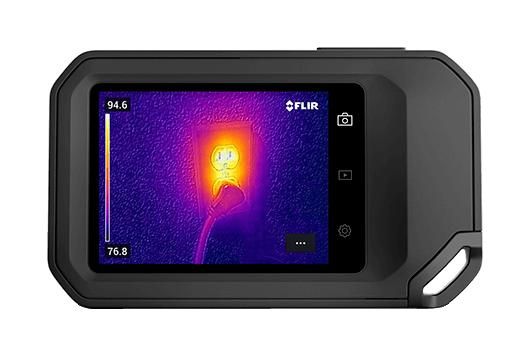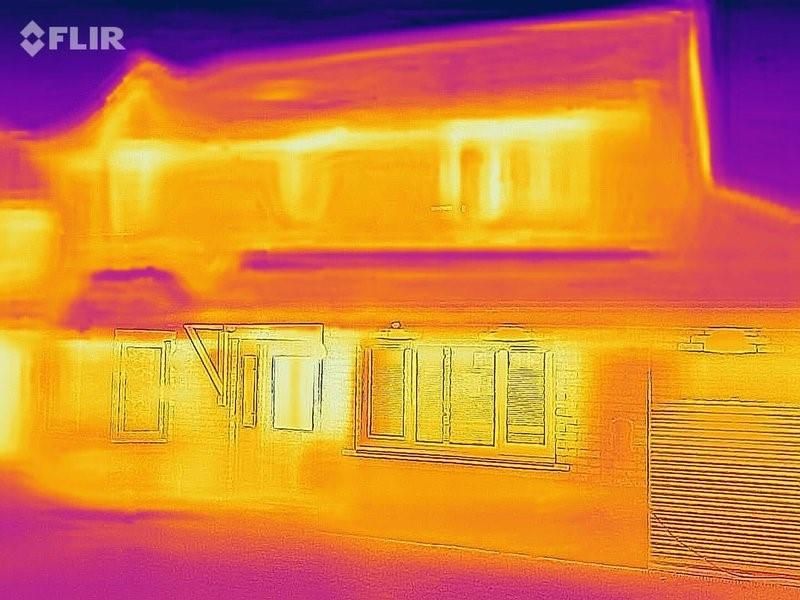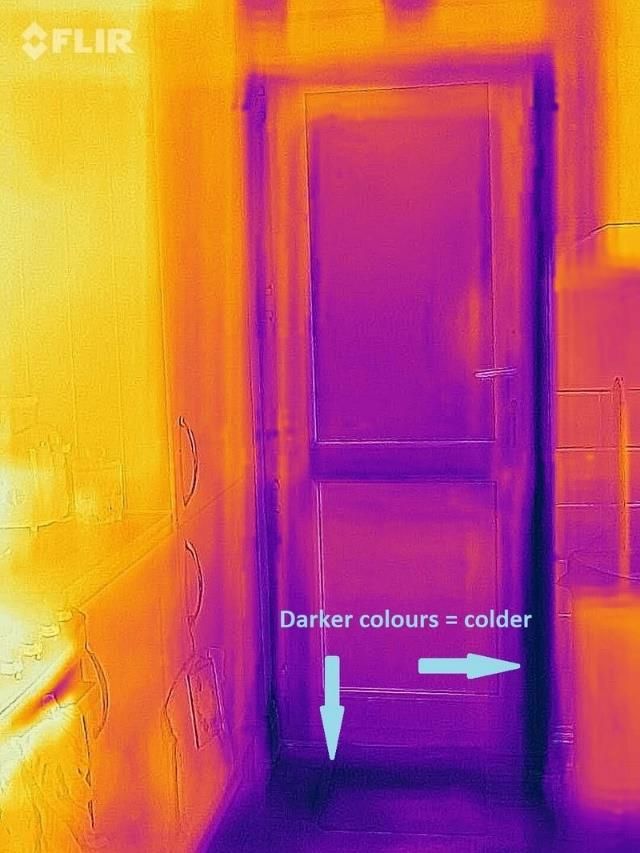Thermal Imaging Camera

Boddington Parish Council has purchased a thermal imaging camera for Boddington Sustainability Group paid for from the Wind Turbine Fund to explore options of how it can assist the parish with reducing emissions from homes.
The camera is available from January 2023 on a free loan to parishioners to help identify areas of their homes that could benefit from further draft proofing or insulation.
Details of how to book the camera are shown below.
General Information
-
The CX thermal imaging camera is suitable for looking for poorly insulated areas in a house, or locating the source of drafts, factors that may be quite simply remedied. For sophisticated analysis of how well a building is insulated, a camera with higher definition and a trained operator are needed.
-
When assessing insulation of houses, it is necessary to have a temperature gradient between the inside of the house and outside. This should be a minimum of 5 degrees C (10 degrees F), and have been present for at least 1 hour. The greater the temperature difference the easier it is to carry out a survey.
-
The imaging camera records different temperatures using a colour scale. Higher temperatures are lighter colours (red and yellow - white is potentially off the top of the scale), and cold temperatures as darker colours (purple and blue – Black is potentially off the bottom of the scale).
-
The camera is set by default to change the temperature range automatically, and for seeking out areas of poor insulation in houses this may be all that is needed. If you want to compare the temperature of different areas accurately it is possible to set the temperature scale manually (see below, or the user’s manual at back of file).
Making Assessments

Images made from outside the house
Assuming there is an adequate temperature gradient (>5degrees C), and the house is hotter inside than the outside temperature, then you need to look for areas of lighter colouring to see where heat is being lost

Images made from inside the house
Assuming there is an adequate temperature gradient (>5degrees C), and the house is hotter inside than the outside temperature, then you need to look for areas of darker colouring to see where heat is being lost
Some Factors that can affect images
Wind
When imaging from outside, be aware that wind will cool the surfaces you are imaging. Some areas may be protected from the wind
Sunlight
Sun shining on an area inside or outside the building will warm the surface you are measuring, and can give significantly raised temperatures. These may be present for some time after the sun has gone off the area (1/2 to 1 hours, depending on the material affected).
Moisture
Water acts as a “heat sink” for the infra-red radiation the camera is measuring. The camera will normally measure the heat of the water surface, rather than the underlying surface. This means water will normally show as a cold area. Damp areas will also appear colder than surrounding dry areas.
Measuring Infrared Radiation
Infrared Radiation is usually given off at right angles to the surface of any structure. If the camera is not pointed perpendicular to the surface, then a lower temperature may be read than the real surface temperature.
Glass
The camera will measure the surface temperature of glass, not the structures that you can see through it. Be aware that the photographic image overlaid on the camera screen will show objects that are visible through the glass, but the temperature is the glass surface.
Double glazing is often treated so that it allows radiated heat to pass into the house, but reflects it back from the inside, to trap heat in the house.
Reflected Heat
Radiation can be reflected from surfaces, and can cause confusion. Normally surfaces reflecting infrared radiation will be hard and dry. They may be any colour, and mat or shiny.
Type & Colour Material
The type of material, and colour will affect heat loss measurements. Normally Black surfaces will gain and loose heat quicker than white, and dull surfaces will also gain and loose heat quicker than shiny surfaces.
Please Note:
During normal everyday activities we breath out water vapour. Also cooking, baths, showers and many other activities will lose water vapour into the atmosphere. This may condense on cool surfaces, and so may cause a source of damp and encourage fungal growth. As you eliminate drafts, do remember to let some fresh air into the building to counter effects of high humidity. You can of course also run a dehumidifier if you manage to eliminate too many drafts.